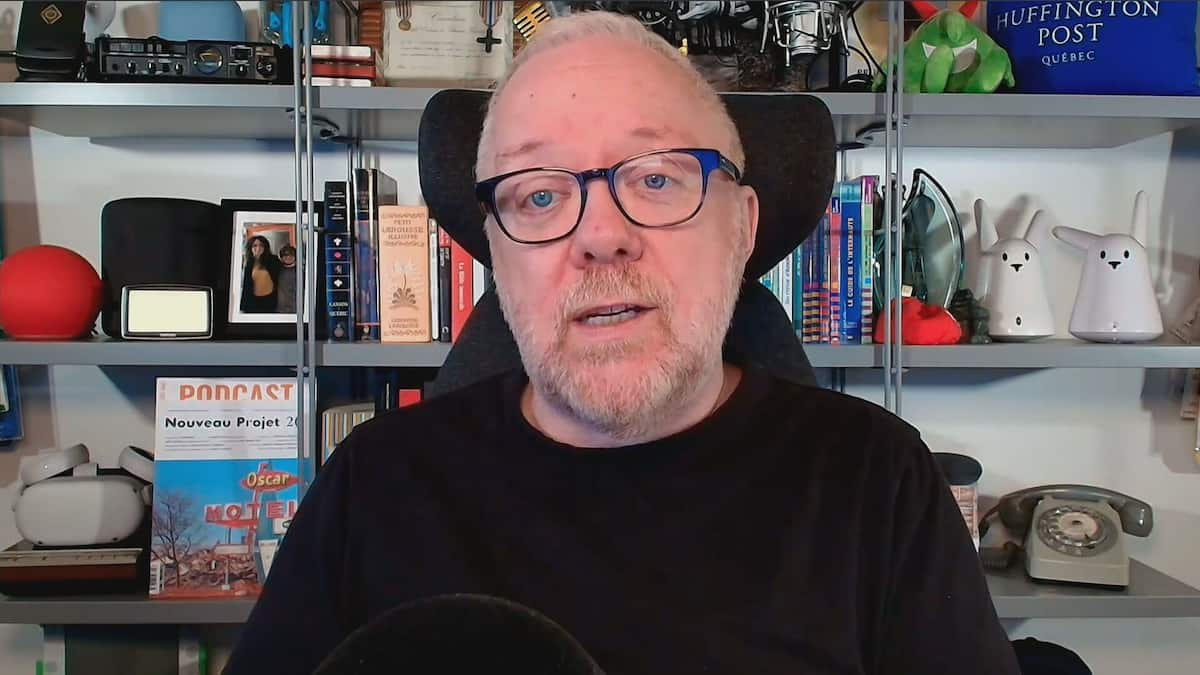
It's been good for me to take it a bit more relaxed between the birthday party and the start of school. In my case, it takes a few slow days until I can finally break my natural waking rhythm. Sleeping until 6:30-7am is an accomplishment. Get farming out of my head for a few days while I still cheat a little.
Read also

Sand in your veins
Our memories that guide our passion are not in the number of liters of milk nor in the number of hectares, but in emotions.
After my keyboard vacation, since I'm less on social media, I'm taking the opportunity to engage in outdoor activities while doing a few things around the house. Now, as I try to get farming out of my head with a game of Sudoku, I'm bombarded with advertisements about the decline in biodiversity caused by some of the pesticides used by farmers. All this in the middle of my game! It completely distracted me from my goal of passing the Expert level to finally reach the Master level.
I take a few minutes to look at their comments, which I consider to be “accusatory” and above all too generalized, even simplistic, to my knowledge. It's very easy to put forward these kind of half-truths accompanied by pretty pictures and catchy slogans.
However, we see just the opposite in our ways of working. The observations have been validated over recent years by scientists tracking our fields and on many other farms. This allowed us to realize that the decline in the numbers of pollinators and birds in cultivated fields is not only due to the use of certain pesticides, but rather to the lack of biodiversity or developments that support their presence.


It is natural that there will be fewer birds around field crops when we understand that a swallow needs a hole 1.5-2 inches in diameter to prepare its nest. If there are no trees in sight, she will have nowhere to nest her young. The same goes for pollinators. If there are no longer ditches or bands of vegetation along the edges of streams, how can you expect a pollinator to find something interesting to look for?
This is one of the main reasons we incorporate developments that favor their habitat while providing food for them near fields. This year, a beekeeper near us confirmed that the diversity of our crops saved his bees. Very motivating to hear that! So, to promote more biodiversity, we just need to welcome and nurture it. Imagine if all the money used in lobbying, advertising, accusations and propaganda of half-truths was instead invested in the positive side of supporting us to make things better. We will certainly achieve better results on the ground. Farming profession.






